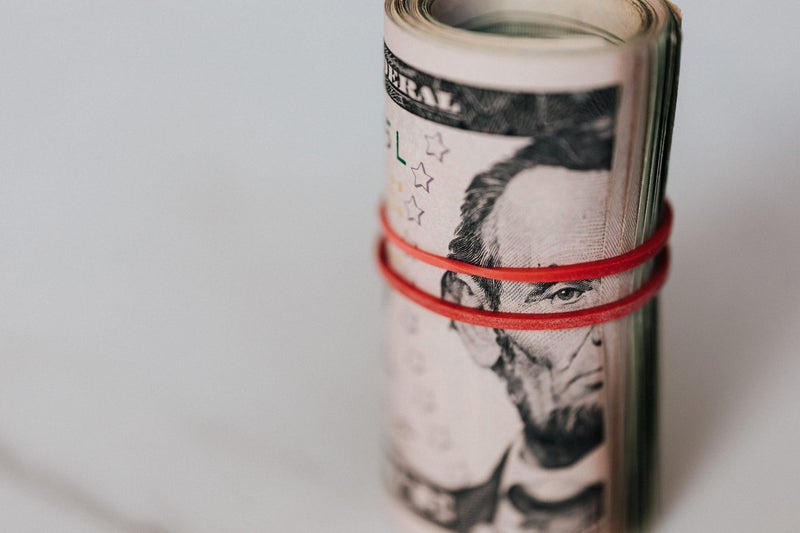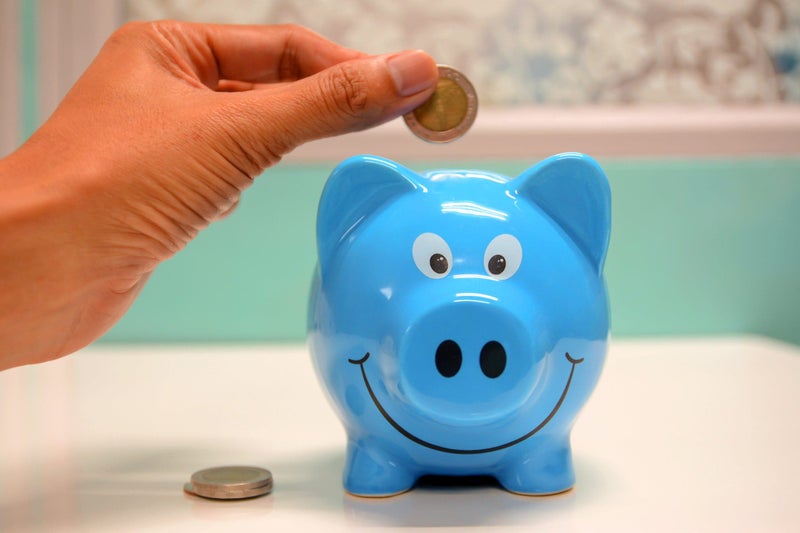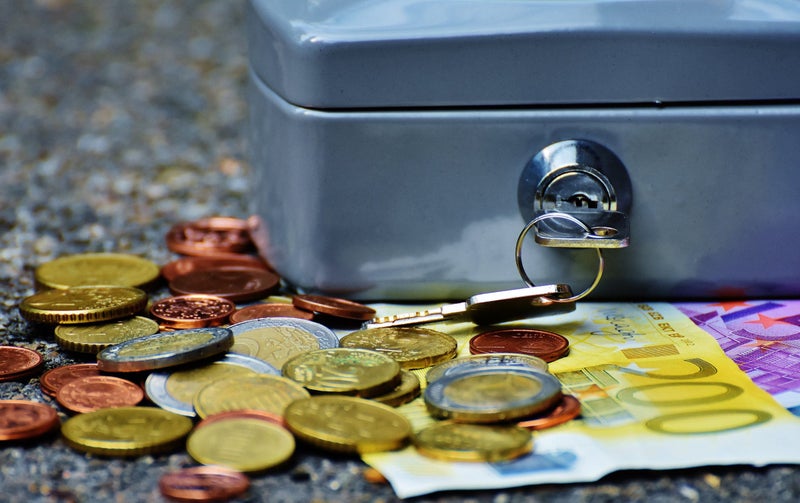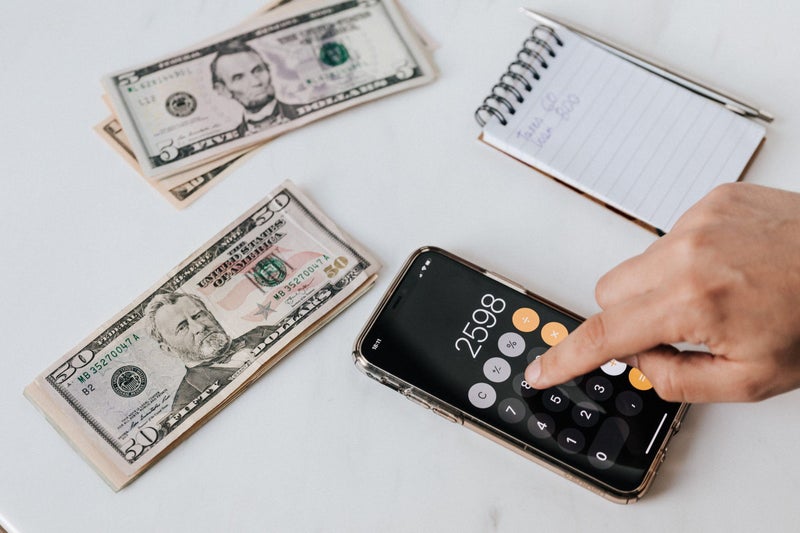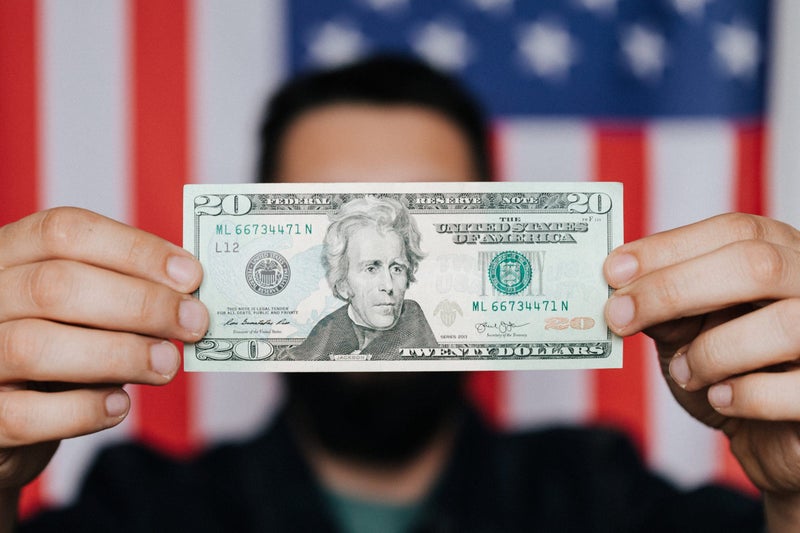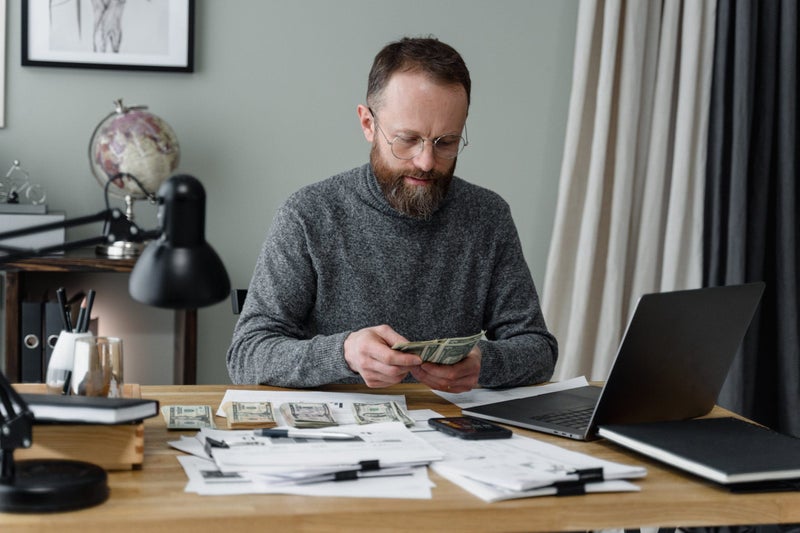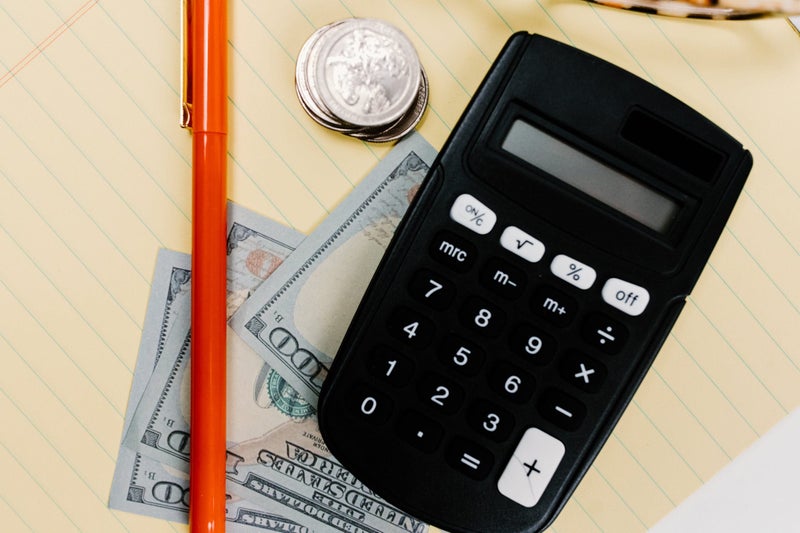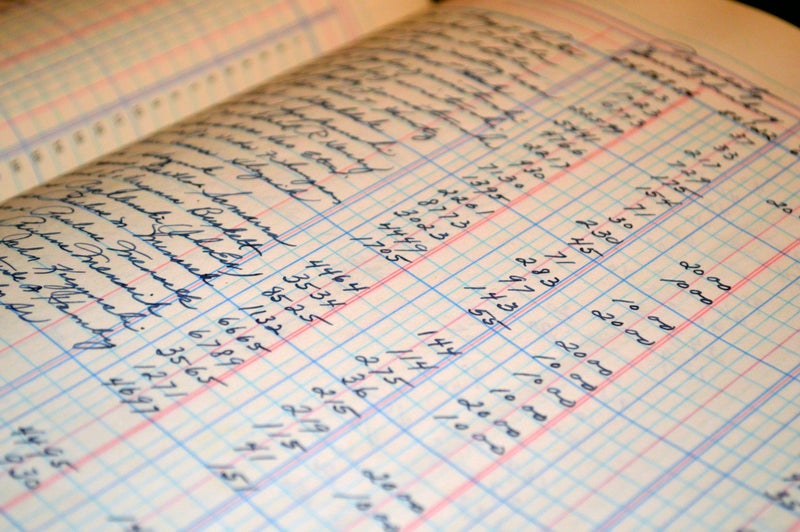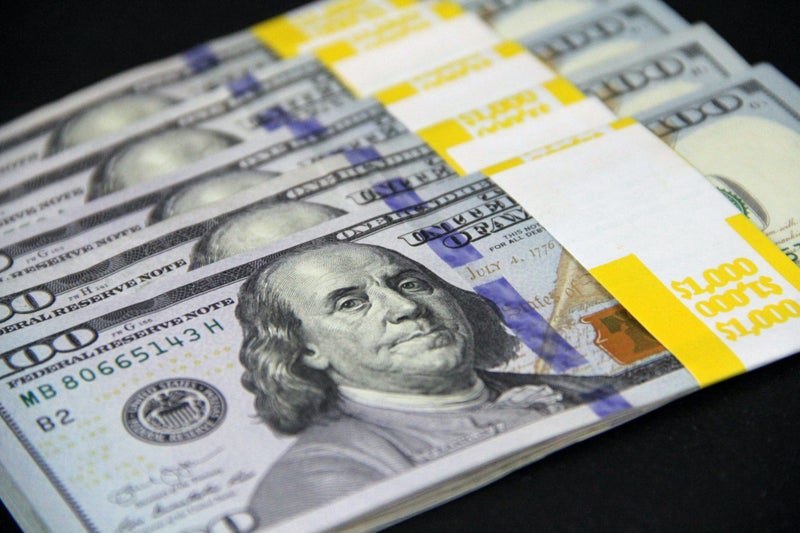How you can build an emergency fund for yourself
By Blanche Ullrich
August 30, 2022
Whenever you read about investing strategies, investing tips and tricks, and the like, you’re likely to hear that you should first have an emergency fund before you start investing in anything. But for some of us, that concept is foreign.
What exactly is an emergency fund, and why do you need it? Furthermore, how do you even start building one? This article will help you figure out these essential questions, as well as give you the tools you need to build your emergency fund!
What is an emergency fund
An emergency fund is a set amount of money that you have saved in a separate account for unexpected expenses. If you lose your job, have an emergency medical bill, or need to pay for a car repair, you will have the money to cover it without having to resort to debt.
An emergency fund can help you avoid going into debt when something unexpected happens. It can also help with the peace of mind of knowing that if something goes wrong, you’ll be able to handle it without financial stress.
Why you need an emergency fund
An emergency fund may seem like one of the least likely places to find extra money—after all, you’re trying to save up for something big, right? Why should you even build an emergency fund when you always just have money anyway?
But an emergency fund is useful for situations where you need cash immediately: medical bills, car breakdowns, emergencies, and the like. Having a small reserve set aside can help mitigate these stressful situations so they’re less scary and more manageable.
Creating your emergency fund
To create an emergency fund, you’ll want to start by making a list of all the expenses that might crop up in the future. This includes things like unexpected medical bills, broken appliances, car repairs, or even just a sudden change in your monthly budget.
Set up an automatic deduction from each paycheck into an account specifically for emergencies (or “rainy day” fund). This way, if something unexpected happens and you don’t have enough money in your checking account, you’ll still be able to cover it without having to use credit cards or borrowing.
Make sure you have some money to meet your basic needs.
In order to build an emergency fund, you need to make sure you have some money to meet your basic needs. You can start by putting aside some money each week. Even if it’s just $10, it will add up over time. You can also save the money that you would normally spend on your morning coffee or lunch.
Bringing your own food from home instead of eating out every day also helps! Another way to save money is by not taking trips and vacations as often as before. If you’re able to do this, then you will have more money available for emergencies!
Build an emergency fund for three months worth of living expenses.
An emergency fund should cover three months’ worth of your living expenses. If you’re not sure how much that is, start by figuring out what your monthly rent or mortgage payment is and adding in other basic living expenses (like utilities, food, and transportation).
Then multiply that number by three to find out how much you’ll need to set aside as part of your emergency fund. You don’t have to save all of this money at once; rather, put away what you can when you can so that you gradually build up enough cash reserves over time.
Set up a separate savings account.
You can build an emergency fund by setting up a separate savings account and making regular contributions. Once you’ve set the account up, you can transfer the money from your checking account to the savings account whenever you have extra cash.
The key to building an emergency fund is to save as much as possible. So if you’re only earning $1,000 per month, it might be best to save $100 each month. If you earn $5,000 per month, try saving $250 each month – and putting it in a different account.
Determine how you want to save the money.
The first thing to do when building an emergency fund is to determine how you want to save the money. For example, if you have a 401(k), you can transfer some of that money into a savings account. If you have a Roth IRA, the same goes. You may also have an emergency fund at work that you can access if need be.
Once you’ve figured out where your money will be coming from, it’s time to think about what kind of account will store it. You’ll want to consider whether or not it’s taxable, how much interest you’ll earn on it and how easy it is to access.
Keep the money in a place where you won’t spend it.
The best way to build an emergency fund is to keep the money in a place where you won’t spend it. If you deposit your emergency fund in a bank, and then use that bank’s ATM to take out cash when you get a sudden craving for donuts, then your emergency fund will be gone before you know it.
Instead, consider putting this money into an account at a financial institution whose nearest branch is miles away from where you live. Or better yet, put it in an account at a financial institution that doesn’t have branches near you at all! The less accessible your emergency fund is, the better chance you have of keeping it safe!
Add more to the fund when possible.
It’s important to have a fund that will cover your expenses for at least six months. That way, you can focus on the task at hand and not worry about whether or not you’ll be able to pay your bills. You should add more to the fund when possible—your fund must always be growing.
The easiest way is just by using a simple app like Mint or Personal Capital, which will let you see how much money you’re spending and how much money you have coming in every month. If there’s a gap between income and cash outs, that’s where you’ll want to start setting aside some cash for an emergency fund.
Maintain your cash reserves at all times.
You must maintain your cash reserves at all times. This means that you should always have enough money in the bank to cover at least three months’ worth of expenses, as we stated earlier in this article.
Having this cushion of cash is important because it means that if something happens—like your car breaks down or a medical emergency arises—you won’t have to go into debt to pay for it. You can simply dip into your savings account instead!
Key takeaway: Building an emergency fund can help you avoid being in a financial crisis later on.
Building an emergency fund isn’t nearly as difficult as some people think it is. It’s basically a matter of putting money away into your savings account each month, which presents the challenge of doing so when you’re always strapped for cash.
Even so, eating out less and cutting back on things like cable bill expenses can be a great way to free up some more money to put away each month. The key is to take these measures sooner rather than later–the longer you wait, the less money you’ll have stored away in case of an emergency.
Like what you’re reading?
Subscribe to our top stories
By entering your email and clicking Sign Up, you're agreeing to let us send you customised marketing messages about us and our advertising partners. You are also agreeing to our Privacy Policy.
